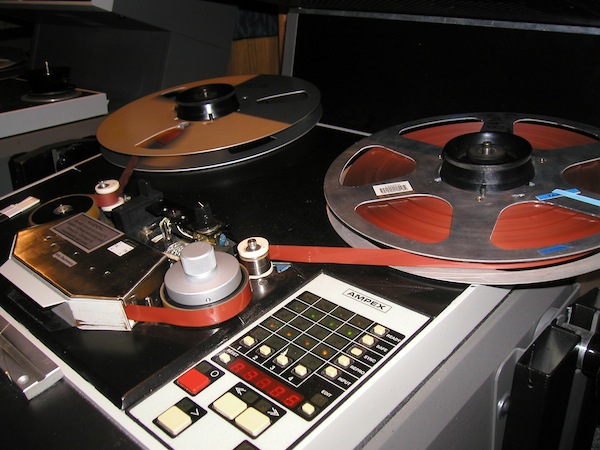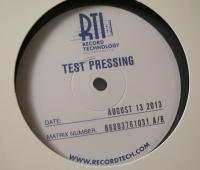Miles Davis "Kind of Blue" Monophonic Reissue From Sony/Legacy: An Analog Planet Exclusive!
I'm not going to write about the modal music here. Surely you've read enough about how it dispensed with chord changes (etc.) and from others better equipped than I to shed light on its innate greatness or lasting musical significance. It's probably the best selling jazz album ever, and like Pink Floyd's Dark Side of the Moon is likely to remain in print forever.
Unfortunately, the Kind of Blue mono master tape no longer exists. What happened? It very well may have been erased and the tape re-used. When KOB was originally recorded, Columbia ran simultaneous mono and three-track stereo tape recorders—two each, one of each being for safety back-up. Since neither mono tape surfaced it must be assumed they were repurposed or stolen. No point now crying over degaussed tape or whatever happened.
According to Steve Berkowitz, who, with engineer Mark Wilder, has overseen all of the Miles Davis reissues going back many years, both of the original 3-track tapes used in recent years to produce the SACDs as well as 2008's blue 180g vinyl 50th Anniversary Collection box set (which was poorly pressed on 180g with a lot of noisy non-fill, gee I wonder who pressed it? no I don't) are now in very poor condition even though they sat untouched in the vault from 1959 until 1992.
Wildler and Berkowitz recently decided to do another and perhaps final 3-track KOB transfer: to DSD, to 192/24 bit PCM (and probably other resolution digital) and at the same time, a two-channel stereo and a mono mixdown to analog tape. The two channel mix down will most likely be the source of a Mobile Fidelity stereo reissue coming later in the year as part of that label's Miles Davis stereo vinyl reissue project.
Back in 1992 Wilder discovered the KOB speed anomaly that resulted in side one of the original album being slightly sharp in pitch because the 3 track recorder was running slightly slow during the recording session. Of course this did not affect the mono version, which was sourced from a different recorder, but for this mono reissue, the speed had to again be corrected.
You may ask how a perfectionist like Miles Davis or one of the other members of the band did not notice the pitch shift. Who knows? Perhaps the always moving, always restless Miles, never bothered to listen or simply didn't notice.

So how does the mono compare to the stereo and how does this mono compare to the original? These recordings were made in the early days of "stereo". The three-track recording produced three distinct channels and nothing you could legitimately call "stereo". Read John Marks' account of hearing the three-track master tape at Sony Studios. Mark Wilder let Stereophile editor John Atkinson thread the reel.
Instead, instruments were left/center/right with the two track mix folding the center channel to both the left and right channels. As Marks reports, only the center channel microphones used by Davis and bassist Paul Chambers had "send and return" lines to and from the 30th street studios concrete echo chamber but leakage from the other instruments into their microphones, (plus the converted church's natural reverb), probably accounts for the recording's spacious ambience and its overall coherent reverberant field.
The mono original (and reissue) provides a better overall instrumental balance, with greater emphasis on the piano and more solid imaging. Yes, its not as ethereally spacious, but it better layers and balances the instruments in my opinion and if you remain unconvinced that mono can produce three-dimensionality, this record will convince you.
The reissue's mix down from three tracks to one has been so skillfully and carefully done, even veteran mono KOB listeners might have difficulty guessing the source were that the only criterion. However, compared to my later "6-eye" 1AJ pressing, the reissue sounds far less "milky-cloudy" and far more transparent to the source, without veering off into the analytical. You can 'see' further into the mix and hear a clear delineation of direct and echo chamber sound as well as what sounds like 30th street studio room sound. Instrumental timbers are natural and textures rich. But most importantly, the music experience is complete and organically "whole," making a strong case for the superiority of the mono mix. If you love this record (and who in the world does not?), the mono reissue is a necessity not an "add-on" option!


